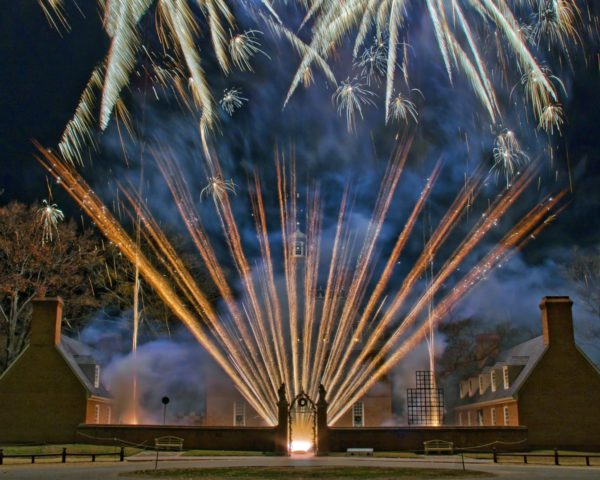
Charles Durfor
Many people associate Colonial Williamsburg with history buffs, but with the range of subject matter we see every day, it’s also a playground for photographers—of all skill levels.
Whether you’re here for a few days or only a few hours, you’ll find a wealth of photo opportunities. This is not a definitive guide to photographing Colonial Williamsburg, but it will (hopefully) provide helpful ideas, tips, and inspiration for your next visit.
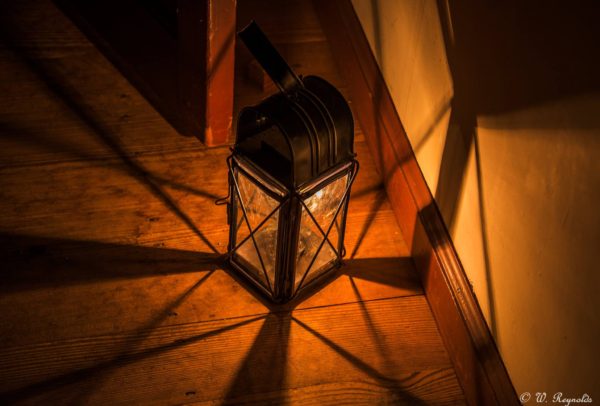
Wayne Reynolds
BEFORE YOU ARRIVE
Luck favors the prepared, so set yourself up for a successful day. Scope out the online calendar of events and activities to see what will be happening during your visit. CW is the world’s largest living history museum (#humblebrag), and that can mean a lot of walking over different types of terrain. Dress in layers, wear comfortable shoes, and travel lightly. If you’re bringing a lot of photo gear, look into one of the hotels that’s within walking distance of the Historic Area, like the Williamsburg Lodge or Williamsburg Inn. That way you don’t have to carry everything with you the entire day. It’s hard to take good photos when you feel weighed down like a pack mule—a lesson I learned last week in the Palace Garden.
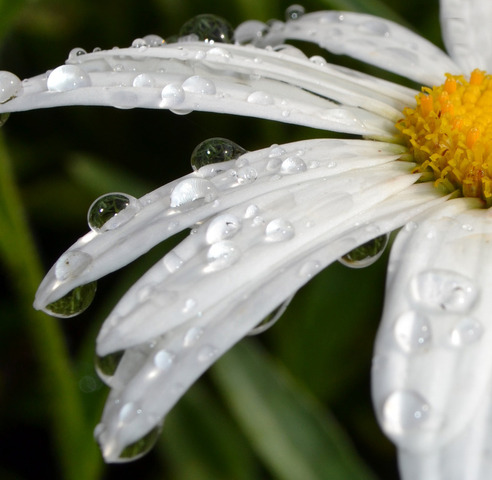
J.A. Lyon
WHERE TO START
The first step is to get your admission ticket—which you’ll need to get into the trade shops, buildings, and museums—and a Daily Map & Program guide. If it’s your first trip to CW, start at the Visitor Center. It’s a great resource for getting your bearings and a sense of Williamsburg’s place in American history. After that, hit the Historic Area! Every day offers unique moments (weather alone is a variable that constantly creates new opportunities), but for the sake of brevity, we can group subject matter into the broad categories of interpreters, sites, and nature.
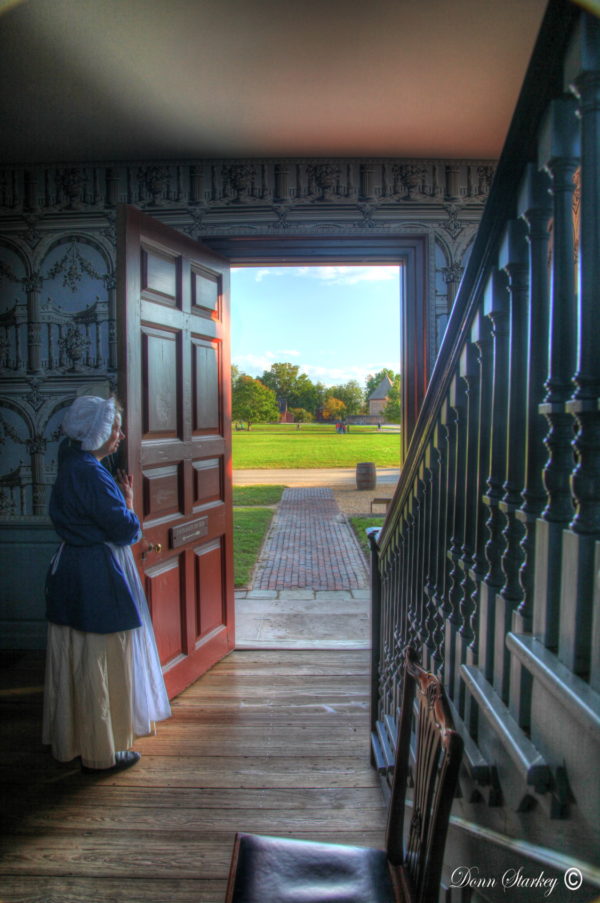
Donn Starkey
PHOTOGRAPHING PEOPLE
Can you take photographs of our interpreters? Absolutely! They are happy to pose for with you, or for you. Still, not every moment is ideal for pictures (a tradesperson might be in the middle of a delicate task, for example, or an animal might require the full attention of a Coach & Livestock handler), so let common sense and good manners be your guide. When in doubt, simply ask. “The act of asking for a photo, rather than snapping fingers or shouting ‘stand still,’ means the world to us,” explains Character Interpreter Nicole Brown. The same holds for selfie sticks. Being approached from behind and having a selfie stick placed in one’s path can be rather disconcerting, Nicole adds, while asking for their portrait is a “kindness that is appreciated beyond measure.”
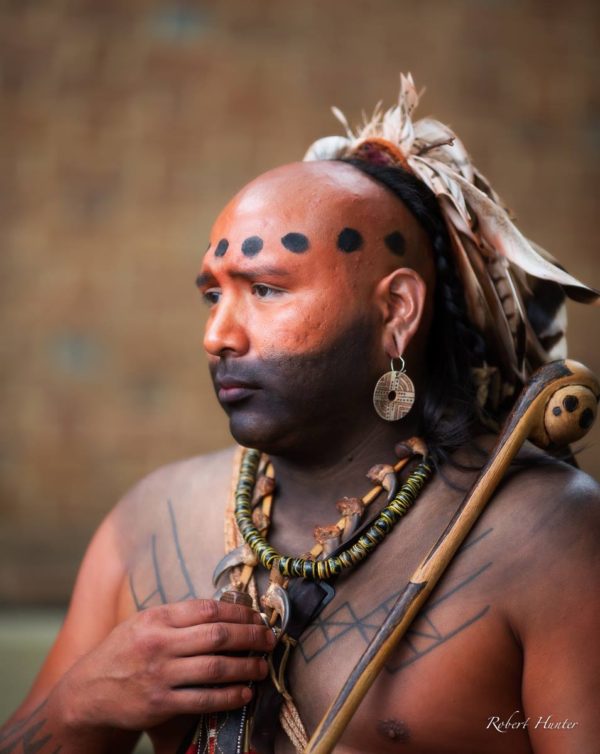
Robert Hunter
PHOTOGRAPHING BUILDINGS AND SITES
I turned to one of our well-known Sites Interpreters, Whitney Thornberry, for her suggestions on indoor photography in the Historic Area. After interacting with hundreds upon hundreds of guests, her biggest tip is to be aware of the surroundings and courteous to others. Flash photography offers a good example. “If it is a dark building and you’ve been told you may take flash photographs inside, go right ahead, but please be aware of the individuals around you,” Whitney explains, “especially if you’re photographing an interpreter who has been standing in that dark building for a while (I’m looking at you, second floor of the Palace during stormy weather!). Please ask first and warn them about the flash so as to not blind anyone.” An even more important directive: please do not take photographs on the stairs inside buildings! “It’s not to stop you from enjoying your vacation or getting that ‘perfect’ shot, it is for safety purposes,” Whitney notes. “We really don’t want to have to call security should someone fall and hurt themselves-that’s the perfect way to ruin a vacation!”
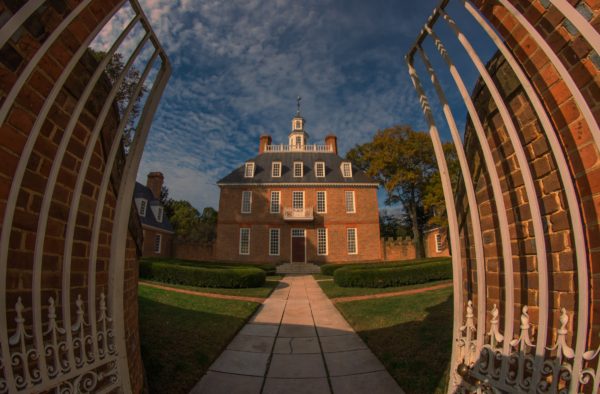
Charles Durfor
NATURE AND ANIMALS
Whether you’ve got your camera in hand, or are just strolling down Duke of Gloucester Street, our gardens are a must-see. Your admission ticket gets you into all of our 30 historic gardens where you’ll find amazing color, landscape design, and flowers you’ve probably rarely seen elsewhere. Evening programs notwithstanding, much of the Historic Area runs on a 9:00 am - 5:00 pm schedule, which can be tough for photographers who want to avoid harsh midday light. Not to worry! You can still take advantage of fewer people and better light outside the standard hours of operation. Again, let common sense be your guide. Observe locked gates and don’t hop fences, but it’s both accepted and commonplace to see photographers (along with walkers, joggers, and CW employees) out in the early morning or at dusk. There’s plenty to shoot from the streets and sidewalks, and you’re more likely to find animals in the pastures enjoying their breakfast or dinner that are otherwise working, like the oxen and horses. Be on the lookout for creatures who don’t work for CW, as well. There are beautiful pictures to be made with insects, birds, squirrels, and other wildlife.
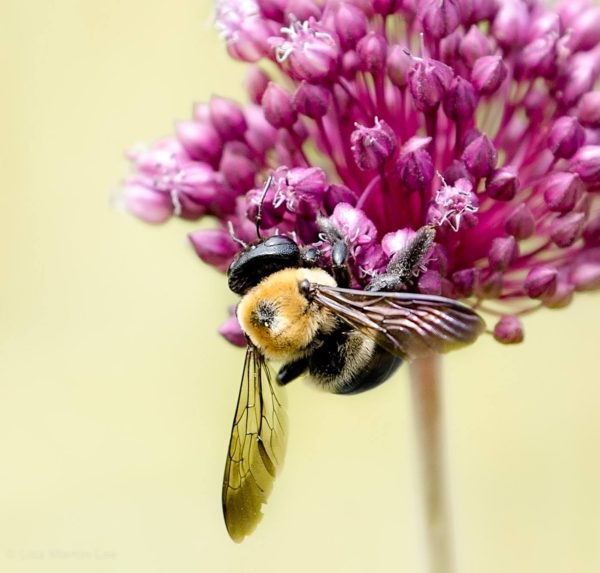
Lisa Martin Lee
SHARING YOUR WORK
We love seeing photographs taken by visitors! If you’re on Instagram or Twitter, you can share them by tagging us (@colonialwmsburg) or by using the hashtag #colonialwilliamsburg. We might even retweet or regram your photo! If you’re primarily on Facebook, there are several vibrant groups for CW enthusiasts-or “Super Fan” pages, as we affectionately call them–where members routinely post pictures, like Colonial Williamsburg Friends and Colonial Williamsburg Lovers. My personal favorite, however, is Colonial Williamsburg Photography. While fewer in number than other Super Fan pages, this 800-member group includes photographers of all skill levels who are as enthusiastic about shooting in the Historic Area as they are supportive of each other’s work.
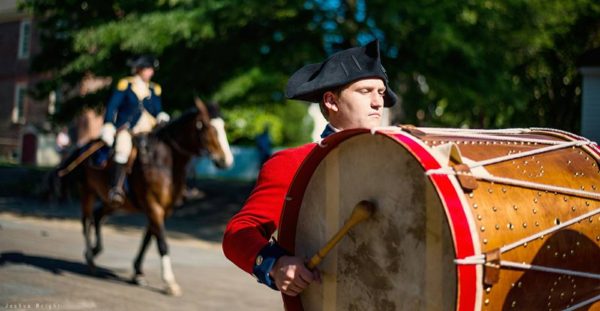
Joshua Wright
At the end of the day, every photographer has his or her own style, and will view CW through a different lens-both literally and figuratively. Yet you’ll find no shortage of subject matter. Just remember to both capture the shot and experience the moment.
- Donn Starkey
- Paul Billings
- Donn Starkey
- Donn Starkey
- Charles Durfor
- J.A. Lyon
- Fred Blystone
- Arden Billings
- Cindy Griffith McEnery
- Lisa Martin Lee
- Michael Wilkes
- Bob Langer



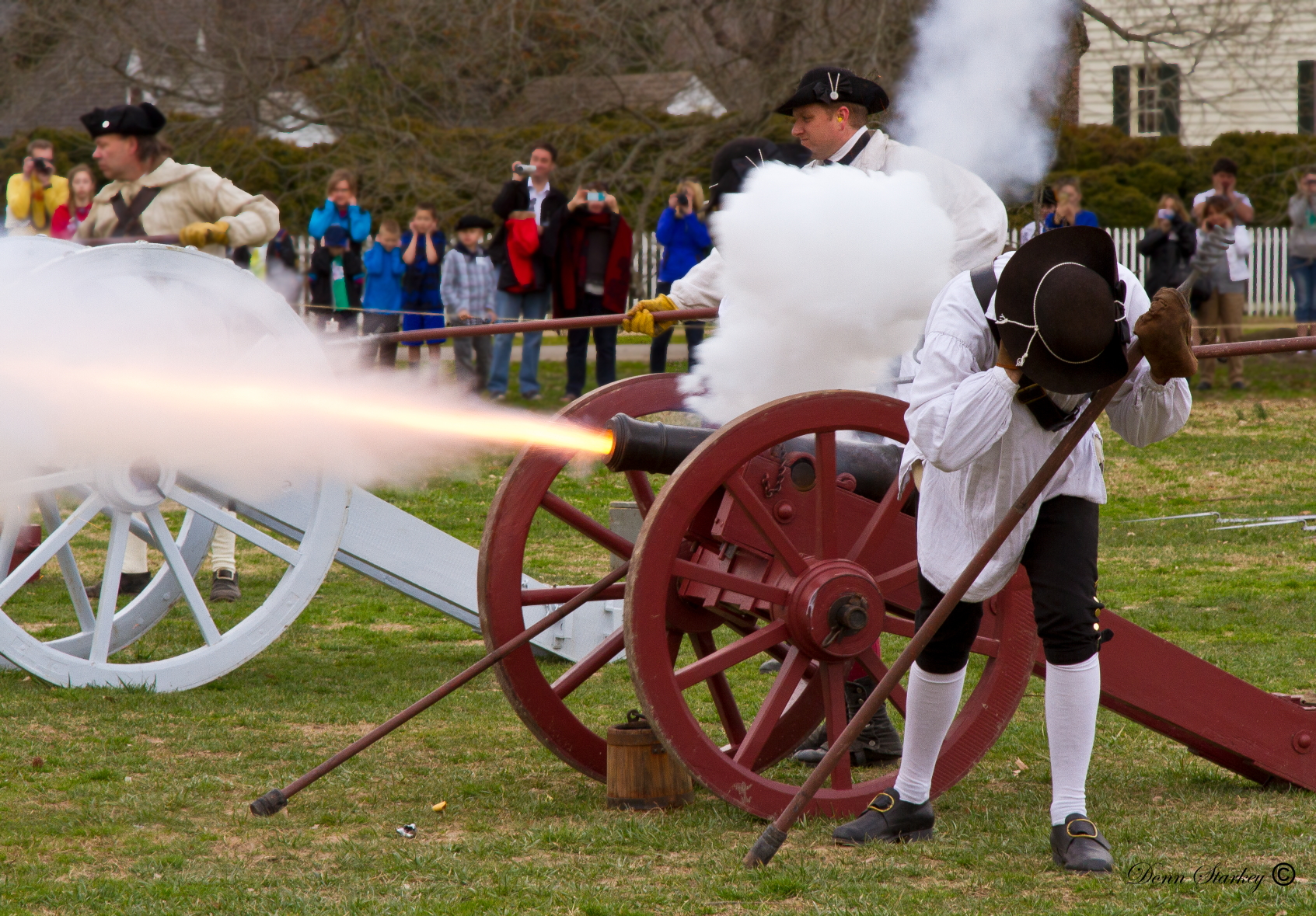
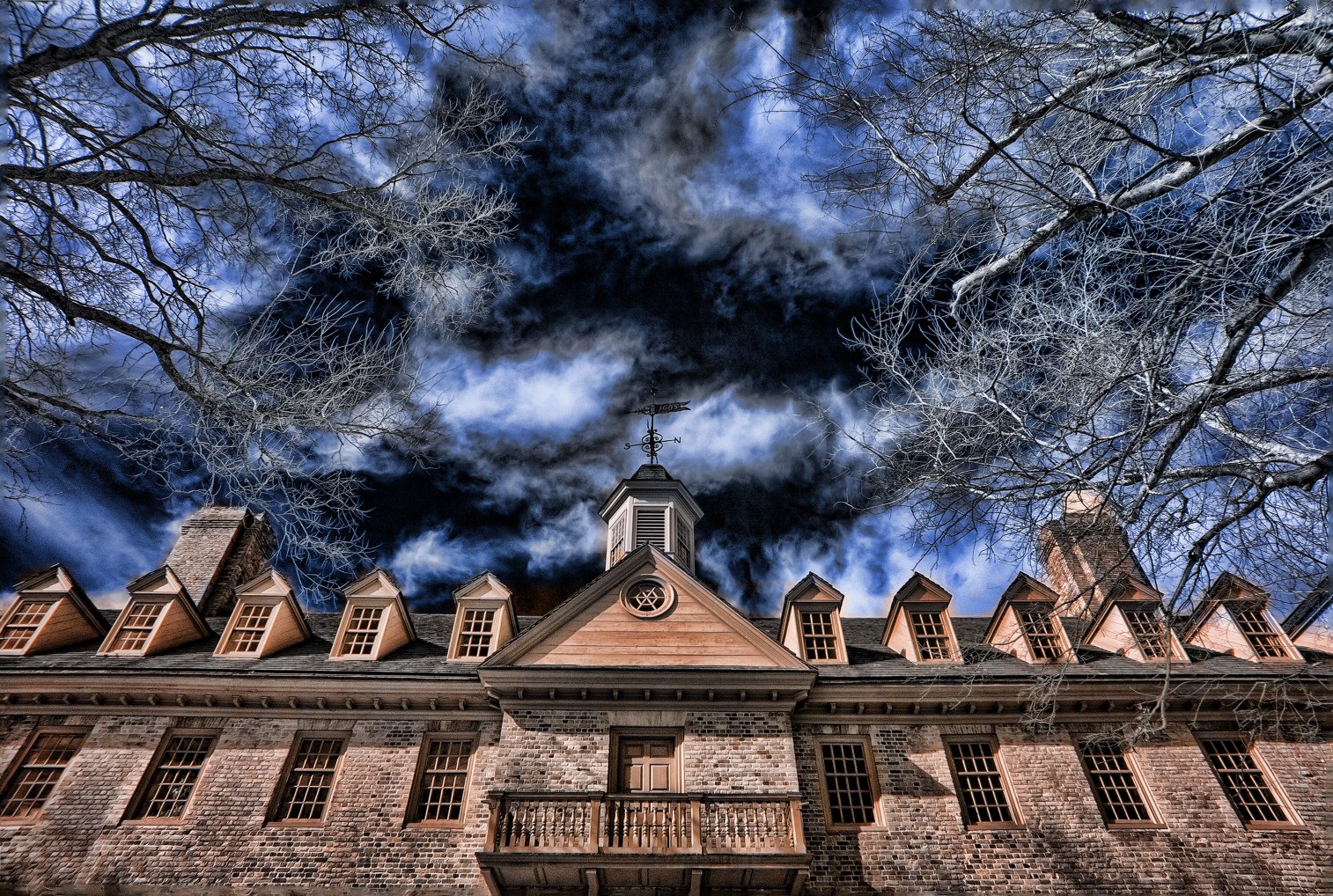

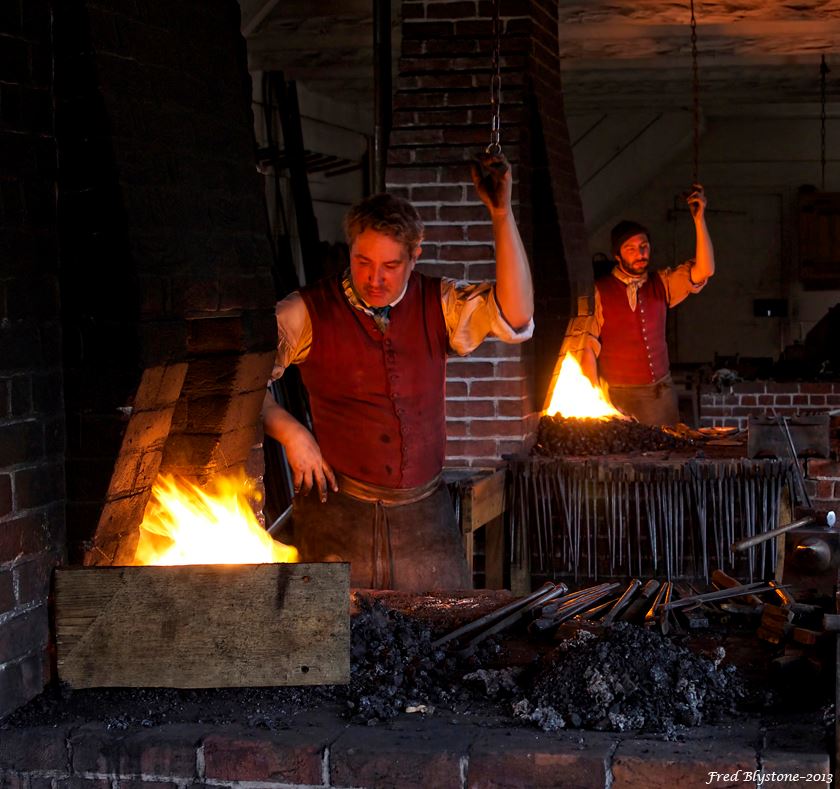

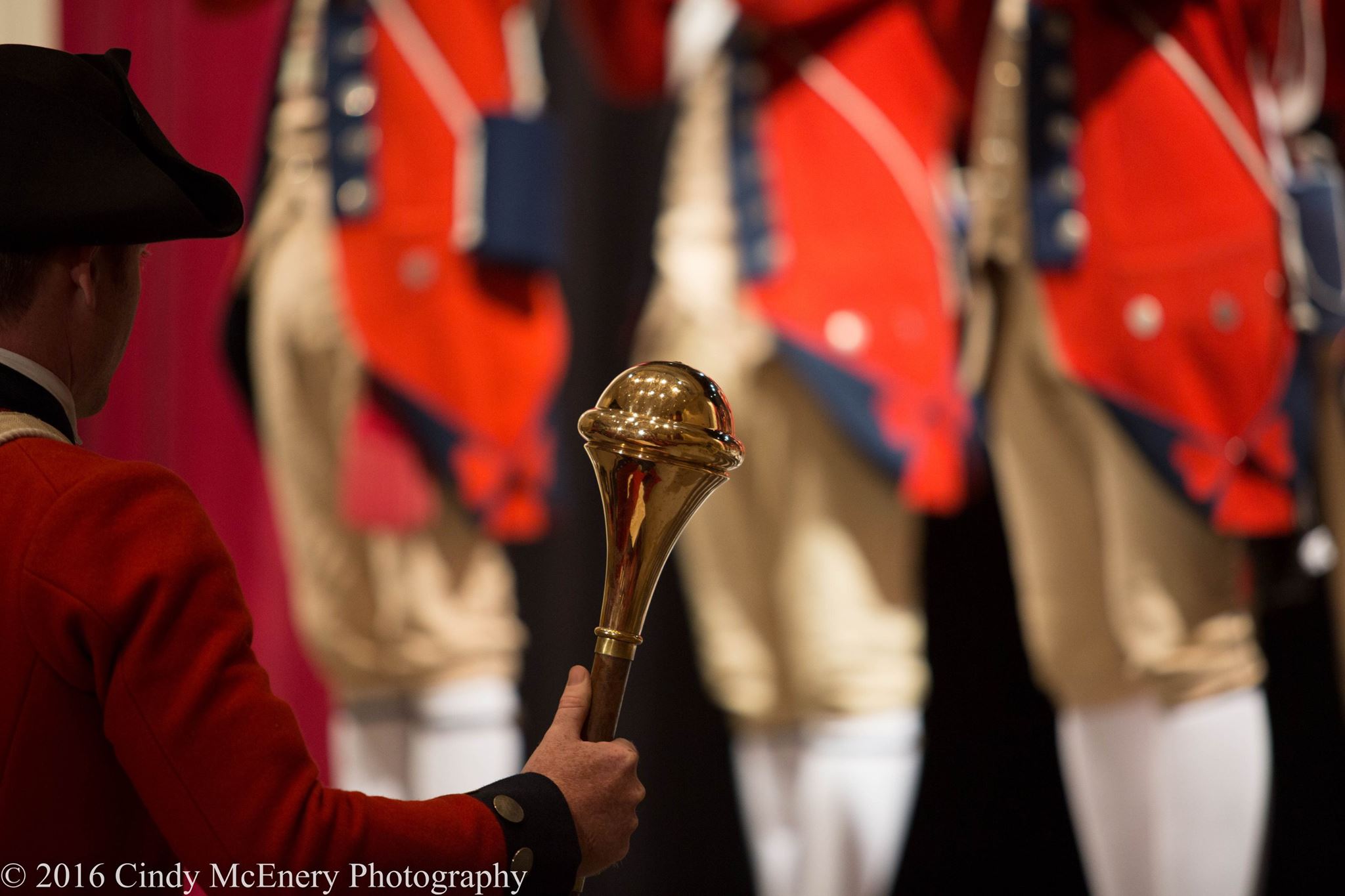
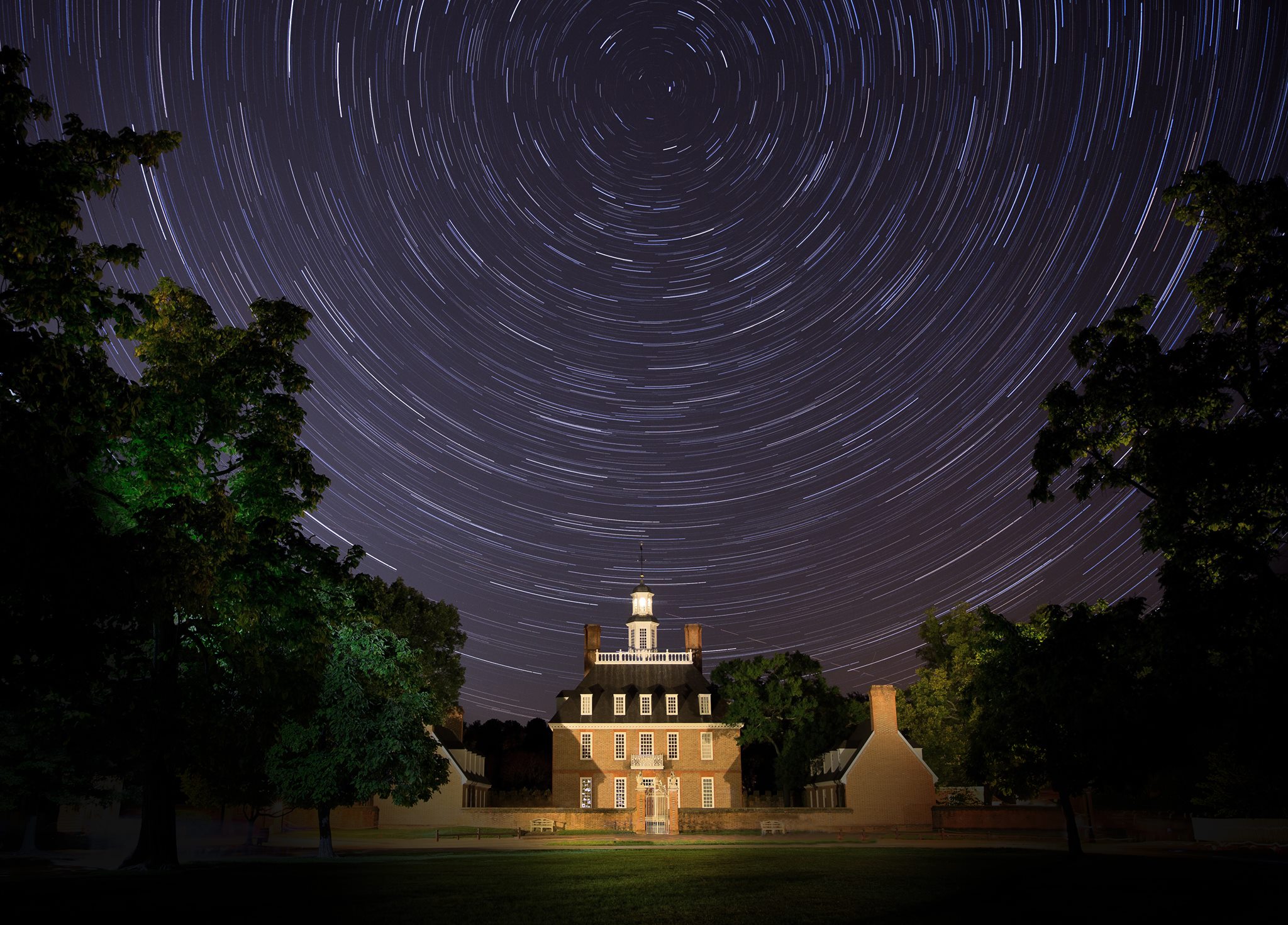
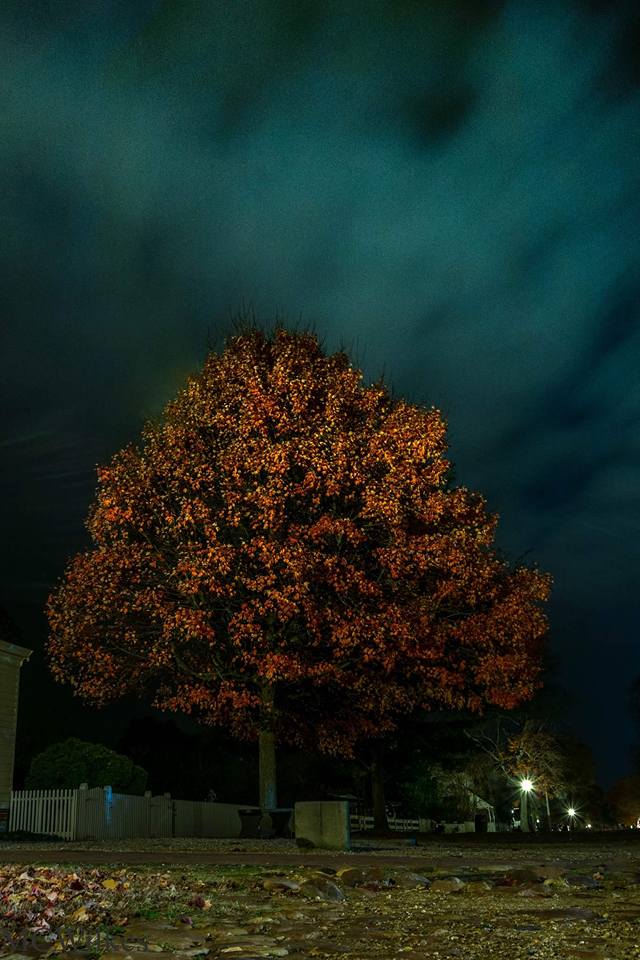


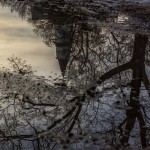
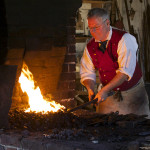
Really helpful and timely information as I head to Williamsburg on Sunday. It will be a joy to be a “pack mule” for a little while each day.
Great article and photos!
What an incredible article! Actually written for the typical visitor to our lovely city. Beautifully organized, full of succinct tips on capturing the best picture without bogging down in technical details, and with outstanding examples of photographic opportunities. This would be a great handout at the Visitor Center.
Any suggestions on the use of tripods?
Thanks for your question, Mrs. Sauder. Do you mean if you should use a tripod, or where it’s okay to use one? If you’re outside-on the Palace Green, for example-that’s a-okay. In the sites and buildings/small spaces would be more problematic. Happy to look into it if you have a specific place in mind that you’d want to set up!
Great blog! Love all the photos and tips!
In the “slide show,” how was Lisa Martin Lee able to get that effect?
It’s a time-lapse photograph. It’s a technique where you take a series of evenly-spaced exposures over a period of time-which can range from a few minutes to hours to days. I can’t say how many exposures (pictures) she took, or how long she was posted up on the Palace Green, but that’s how she captured this shot!
Do u think she used a standard 50 mm lense or more of a fish eye?
Pix Mahler, I took about 300 10-sec exposures over a period close to an hour. Then stacked them, and edited to clean up.
Thanks for the reply. It is a beauty.
Thank you! Couldn’t think of a more amazing venue for it!